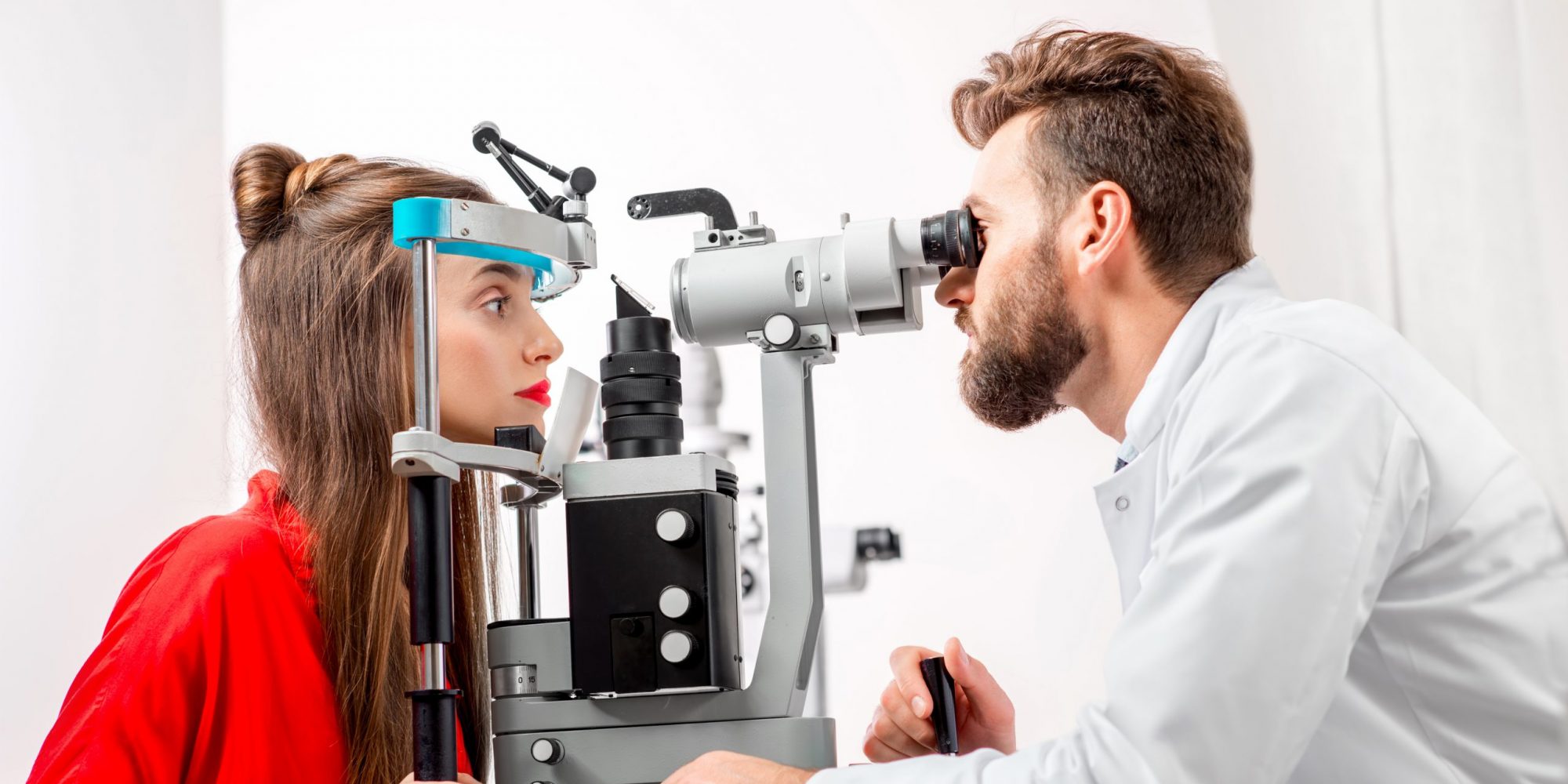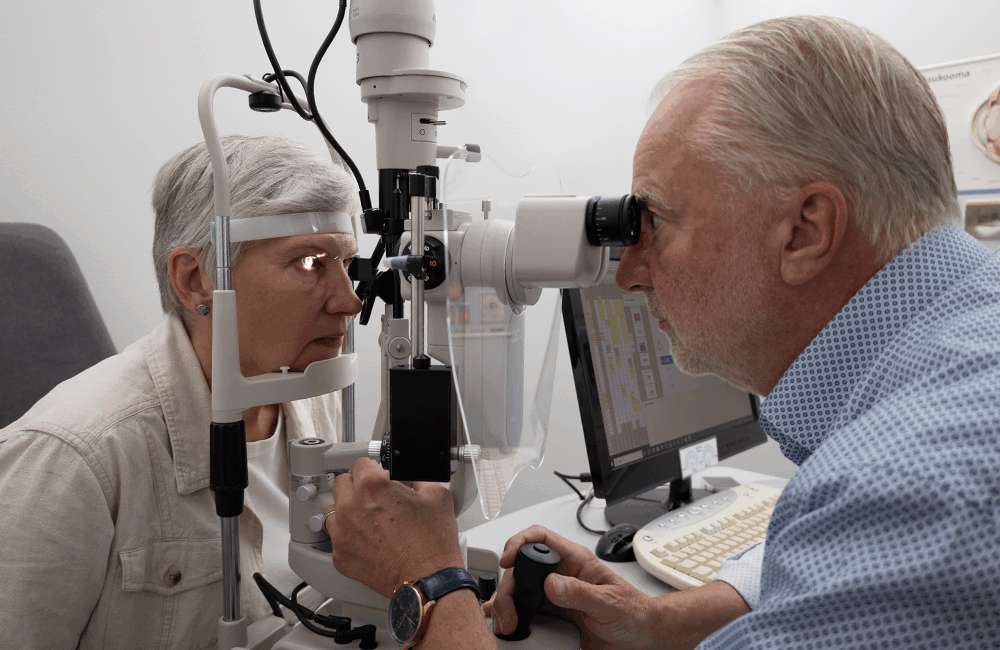
Retail sales in the eye care sector continued to grow in the second quarter of 2025, although growth clearly leveled off from the pace seen in the early part of the year. Wholesale trade already saw a slight decline. The development of the sector is driven by structural changes, rising wage costs, and technological innovations, the effects of which are anticipated in the sector’s trend map.
Revenue in the eye care retail sector grew by 3.5 percent in the second quarter of the year, totaling €113,199,718. The number of employees rose by 5.4 percent and total wages by 7.6 percent (€34,363,433). Revenue for the first half of the year was €219,610,860, up 7.0 percent from a year ago.
“Growth in the sector continues, but with demand in other retail sectors picking up, growth in the eye care sector has slowed down. Nevertheless, the increase in the number of employees and total sum of wages indicate that companies have strong confidence in the future,” says Mr Panu Tast, CEO of The Finnish Association of Vision and Eyecare.
Slight decline in revenue in wholesale trade
Revenue of the wholesale trade in the eye care sector declined by 1.1 percent in the second quarter to €25,500,135. The number of employees increased by 1.4 percent and the total sum of wages rose by 6.6 percent (€3,102,422). Revenue for the first half of the year was €49,241,036, down 0.4 percent from a year ago.
“The rapid rise in wages across the industry relative to revenue indicates a chronic shortage of personnel. This is particularly evident in the retail and eye health services sectors,” says Mr Tast.
Smoother access to eye health services for citizens
A change that came into effect in August 2025, whereby the Article 16 of the Decree of Health Care Professionals was repealed, means that customers requiring eyeglasses can now begin their service journey with an optometrist, regardless of their age, previous eye surgeries, or eye health.
If necessary, the optometrists will still refer the customer to an ophthalmologist for further examination. The amendment facilitates access to specialist care and strengthens the position of the optical sector as part of the eye health service system.
“For citizens, the change means faster and easier access to vision care services – whenever it comes to glasses, the visit can start at the optometrist. With the aging population increasing the demand for services, it is worth considering whether we are making the best possible use of all actors in the healthcare and social welfare sector. We need the courage to reform old operating models. By making better use of the expertise and extensive network of optometrist, we can provide services more cost-effectively, free up resources for care work, and shorten waiting lists. This is not just an economic issue – it is also a question of how quickly and smoothly citizens can get the examinations and care they need,” says Tast.
Product technology developments are reshaping the optical sector – four key signals
The optical industry trend map tracks five themes: product technology development, customer experience, sustainable development and responsibility, preventive eye care, and the diagnosis and treatment of eye diseases. The second quarter review delves into product technology development, which is shaping the entire value chain.
Current trends include personalised lenses and customised products, 3D printing, virtual fitting and online shopping, as well as smart glasses and AR/VR glasses.
Technological development in the eye care sector is advancing rapidly. Digital features are becoming an integral part of spectacles.
”Technological developments are rapidly changing the customer and expert experience in the eye care sector. Smart glasses, virtual reality, personalised products, and artificial intelligence are already part of everyday life, supporting diagnostics and service customisation. Finland has excellent opportunities to build advanced, customer-oriented healthcare models in which technology, digital services, and artificial intelligence work seamlessly with national systems, taking cybersecurity and responsibility into account. I encourage boldness, creativity, and the use of data in foresight – the future cannot be predicted, but it can be built. The key words are customer and patient orientation, process development, experimentation with new technology, and the courage to create something new and make surprising collaborations”, says Specsavers Country Manager Lotta Holmaheikki from the Board of The Finnish Association of Vision and Eyecare.
“Anticipating and utilising signals enables players in the eye care industry to stay at the forefront of development and respond to the challenges of changing consumer behavior and technological change,” summarises Mr Tast.
Further information:
Panu Tast, CEO, The Finnish Association of Vision and Eyecare, tel. +358 (0) 40 542 2227, panu.tast@naery.fi
Lotta Holmaheikki, Country Manager, Specsavers Finland Oy, tel. +358 (0) 50 520 3151, lotta.holmaheikki@specsavers.com


